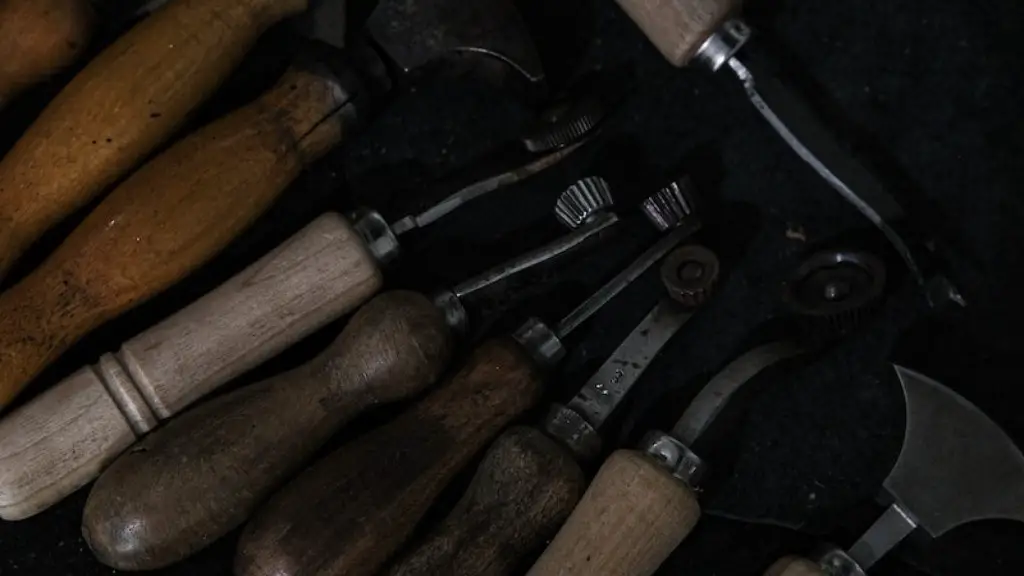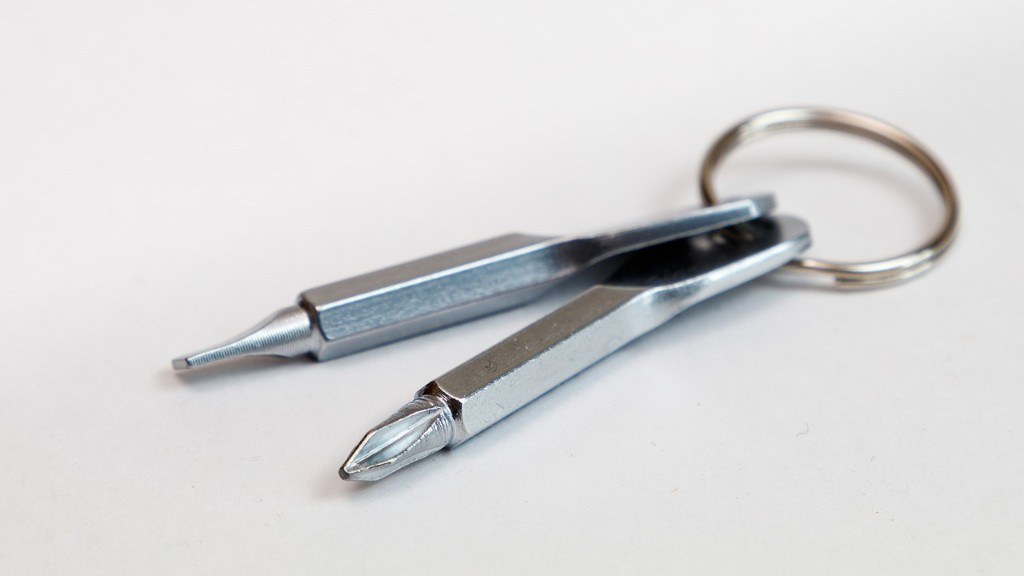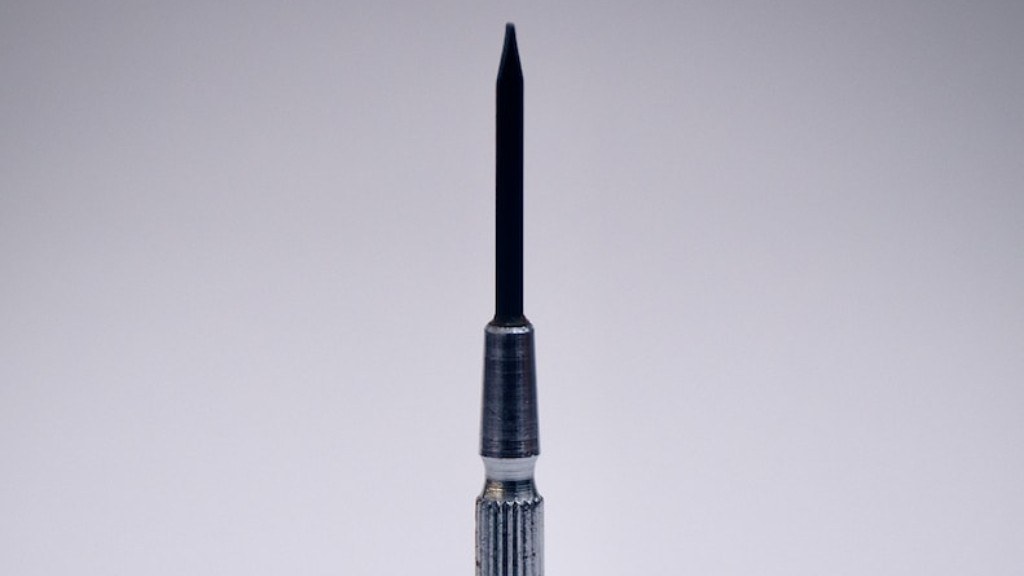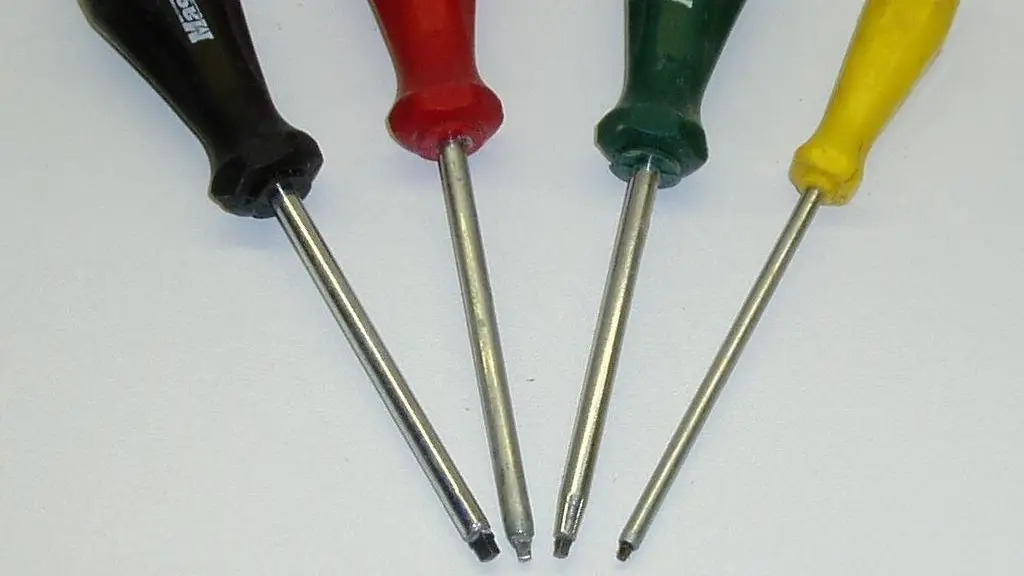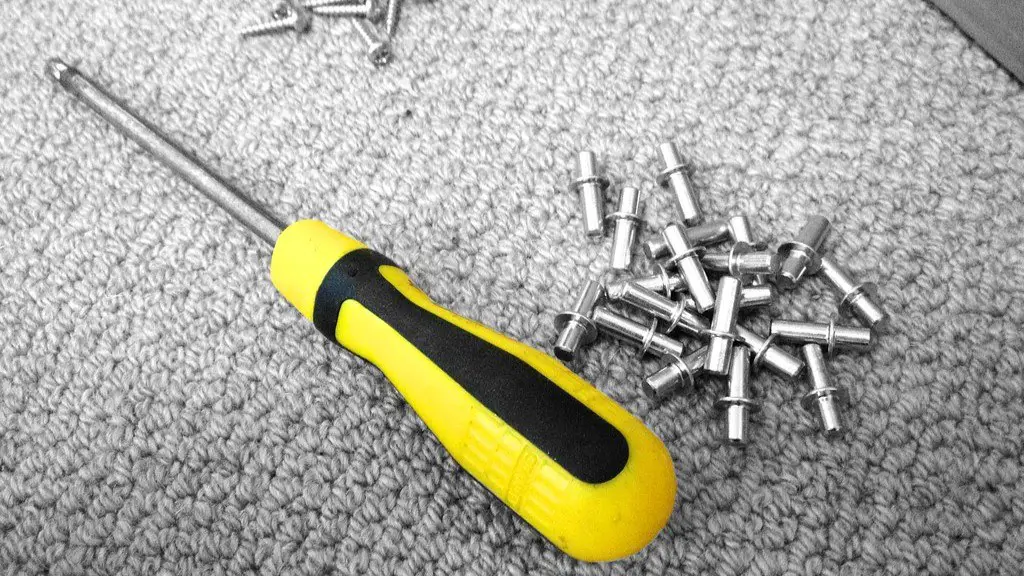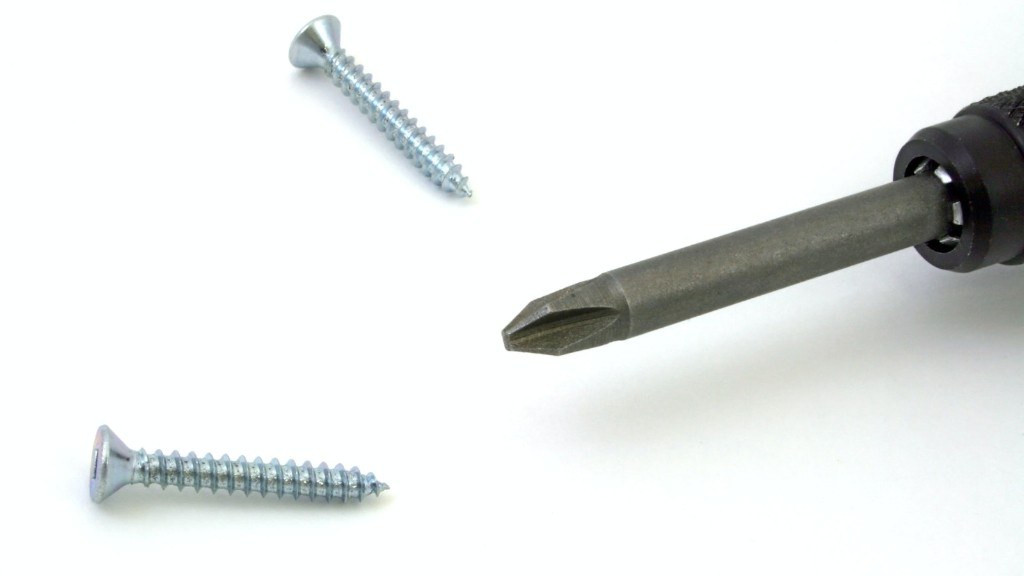Whether you are a professional contractor or a do-it-yourself homeowner, having the right tools for the job is essential. Power tools can make even the most challenging tasks easier and quicker to complete. When it comes to choosing the right power tool for the job, it is important to know the difference between an electric screwdriver and a drill.
An electric screwdriver is a power tool that is specifically designed for driving and removing screws. It typically has a lower torque setting than a drill, which means that it is less likely to strip the screws. An electric screwdriver also typically has a built-in light, making it easier to see the screw when you are working in low-light conditions.
A drill, on the other hand, is a power tool that is designed for drilling holes. It typically has a higher torque setting than an electric screwdriver, which means that it can be used for more challenging tasks. A drill also typically has different speed settings, which allows you to control the speed of the drill bit to avoid stripping the screws.
An electric screwdriver is a handheld power tool that is used to screw and unscrew screws. A drill is a handheld power tool that is used to make holes in materials such as wood, metal, and stone.
Is a drill better than an electric screwdriver?
There are a few things to consider when deciding whether to use an electric screwdriver or drill for a project. An electric screwdriver is less expensive and easier to use than a drill, and can handle small projects well. However, a drill is more powerful and offers more versatility than an electric screwdriver, so it is better for larger projects like drilling holes or driving screws into hard materials.
Electric screwdrivers are portable electric devices used for driving (and removing) screws effortlessly. Like the conventional manually operated screwdriver, an electric screwdriver features a handle and shaft with a flat (or cross-shaped) end that fits into the top of a screw.
The big advantage of an electric screwdriver over a manual one is that it can apply a lot more torque to the screw, making it much easier to drive screws into tougher materials. Additionally, electric screwdrivers typically have a reverse function that allows you to quickly remove screws that have already been driven in.
If you’re doing a lot of work with screws, an electric screwdriver can be a huge time-saver. Even if you’re just doing a few small projects around the house, an electric screwdriver can make your work go a lot faster and easier.
Can I use my electric screwdriver as a drill
A cordless screwdriver is going to be significantly lighter than a cordless drill. This is because a cordless screwdriver is designed for light duty work, whereas a cordless drill is designed for more heavy duty work.
Yes, you can use a drill as a screwdriver. Just make sure to use the right type of drill with a clutch and variable speed settings.
What’s the best electric screwdriver to buy?
The Milwaukee M12 BD-202C is a powerful and high torque impact driver that comes with a spare battery. It is a great choice for those who need a powerful impact driver for their projects.
The Black & Decker BCRTA01 Furniture Assembly Tool is a versatile and affordable impact driver that comes with an LED light. It is a great choice for those who need a light and versatile impact driver.
The Bosch PushDrive is a compact and light impact driver that is wrist-saving and has adjustable torque. It is a great choice for those who need a compact and light impact driver.
Powered screwdrivers are cordless drills that come with speed and torque control. This makes them very versatile and useful for a variety of tasks. With the right attachments, they can be used for drilling, driving screws, and even sanding.
Can you unscrew things with a drill?
Most cordless drills are intended to be used as screwdrivers. This is because they usually have both variable speeds and a clutch, which allows them to drive and remove screws. While some models may not have a clutch, they will generally have two speeds: one for drilling and one for driving screws.
There are three main types of screwdriver bits available on the market:
1. Standard bits – these are the most common type of bit, and are designed for use with traditional screwdrivers. They have a ¼” hexagonal shank and can be used with any type of drill.
2. Impact bits – these bits are designed for use with impact drivers. They have a ¼” hexagonal shank and an internal flange that helps to grip the screw more securely.
3. Drill bits – these are designed for use with drills and have a ¼” hexagonal shank. They are available in a variety of sizes and can be used to drill holes of different sizes.
How do I choose an electric screwdriver
Electric screwdrivers come in two varieties: cordless and corded. The power source is an important factor to consider when choosing your tool.
Cordless electric screwdrivers are powered by batteries. The capacity is measured in amp hours (Ah).
Corded electric screwdrivers are powered by an electrical outlet. The power is measured in watts (W).
There are many benefits to using a cordless screwdriver over a traditional manual screwdriver. First, cordless screwdrivers are much more powerful than manual screwdrivers. This makes them ideal for projects that require a lot of torque, such as tightening or loosening large screws. Second, cordless screwdrivers are much lighter than manual screwdrivers, making them easier to use for extended periods of time. Third, cordless screwdrivers are much easier to use than manual screwdrivers, because you can simply point and shoot them at the screw you want to tighten or loosen. There is no need to fumble around with a manual screwdriver, which can often be difficult to control.
What are the 3 types of screwdrivers?
There are four main types of screwdriver heads: Phillips, Flat, Allen, and Torx.
Phillips head screws are the most common type of screw. They have a cross-shaped head, and are meant to be driven in with a Phillips head screwdriver.
Flat head screws have a flat head, and are meant to be driven in with a flat head screwdriver.
Allen screws have a hexagonal head, and are meant to be driven in with an Allen wrench.
Torx screws have a star-shaped head, and are meant to be driven in with a Torx screwdriver.
Driver bits are an accessory for power drills that essentially turn the drill into a power screwdriver. This is extremely helpful when trying to fasten or loosen screws, as it takes away a lot of the manual labor. There are all sorts of different driver bits available on the market, so it’s important to learn about the various types and find the ones that best suit your needs.
What are the 4 types of screwdrivers
Flat type screwdrivers are the most common type of screwdriver. They come in a variety of sizes and can be used for a variety of tasks.
Phillips (PH) type screwdrivers are designed for use with Phillips screws. These screws have a cross-shaped head and are often used in electronics.
Pozidriv (PZ) type screwdrivers are designed for use with Pozidriv screws. These screws have a cross-shaped head with two additional slits, and are often used in construction.
Torx tamper-proof (TPX) type screwdrivers are designed for use with Torx screws. These screws have a six-pointed star-shaped head and are often used in automotive applications.
Teng Tools screwdrivers are a type of screwdriver that is popular in Europe. They are available in a variety of sizes and have a variety of features.
A power drill can be a very versatile and helpful tool for many passionate DIY-ers. It can help drill multiple kinds of holes, as well as sand or grind. Additionally, it can also help drive screws. Many people find that a power drill is an essential tool for many of their projects.
How do you use a drill for beginners?
If you’re going to be drilling holes into walls, ceilings, or floors, you’ll need to know how to use a drill. Here are some tips:
1. Power up your drill. Make sure it’s fully charged or plugged into an outlet.
2. Adjust the torque to suit the material you’re drilling. You don’t want to damage the material or the drill bit.
3. Find the Xs or dots you made to mark where to drill. These will help you keep the drill bit in the right spot.
4. Get at the correct level to drill the hole. You don’t want to drill too high or too low.
5. Stabilize your drill vertically. This will help you get a straight, even hole.
6. Gently pull the trigger. Don’t push too hard or you might damage the material.
7. Once you’ve drilled as far as you need, put the drill in reverse. This will help loosen the drill bit and make it easier to remove.
Pilot holes are small holes drilled into a material in order to prevent damage when inserting a screw. Depending on the screw size and wood type, not drilling a pilot hole can cause the lumber to split or crack. In general, a pilot hole should be deep enough so that the screw can be inserted without damaging the material.
Final Words
An electric screwdriver is a specific type of power drill that is designed for driving screws. It typically has a lower torque than a standard power drill, making it less likely to strip the head of a screw.
There are a few key differences between electric screwdrivers and drills. First, electric screwdrivers are designed for driving screws, while drills are designed for drilling holes. Second, electric screwdrivers have limited torque and are not meant for heavy duty work, while drills have much higher torque and can be used for tougher projects. Third, electric screwdrivers typically have a variable speed trigger that allows for greater control, while drills usually have a set speed. Finally, electric screwdrivers are usually smaller and lighter than drills, making them more convenient for smaller jobs.
